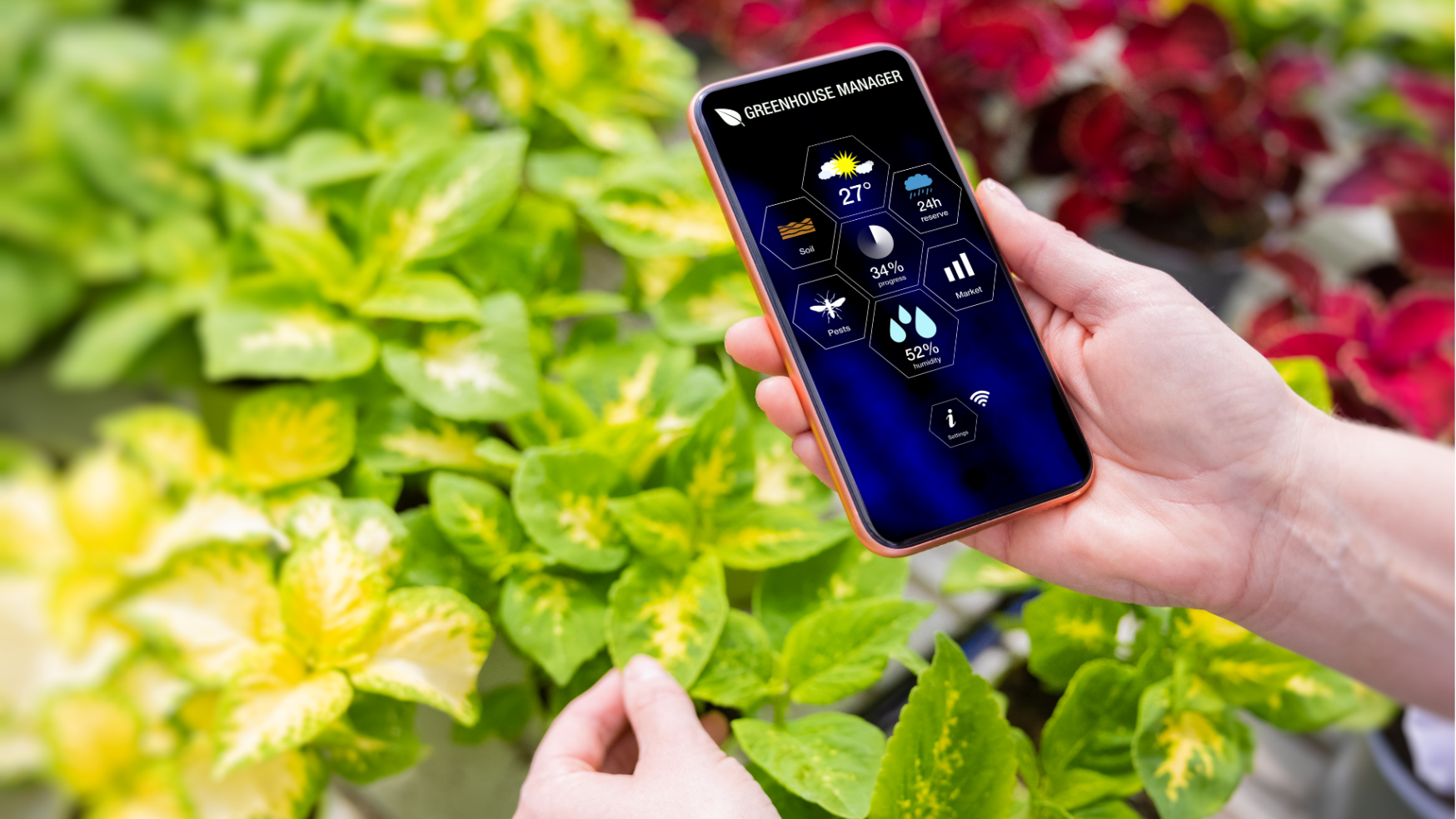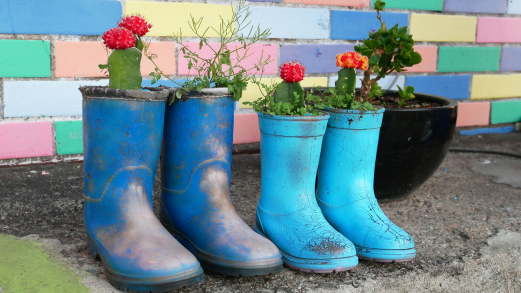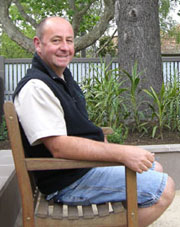
There are often plenty of challenges for landscape designers when changing an older style garden. For example, there may be existing trees and other garden elements that need to be retained. But when the redesign must also result in a more sustainable garden, the challenges are even greater.
This older garden in Kew was recently redesigned with sustainable principles in mind by landscape practice Brian Rankin & Staff (Brian Rankin pictured at right).
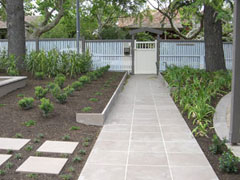
One of the challenges facing the designer is two very large Cedrus deodara (Himalayan Cedar – a type of conifer) that command the front garden area.
Conifers are generally notorious for having matted fibrous roots that suck every bit of goodness and water out of the soil, plus they often caste a heavy shade. So thought needed to be given to creating a decent growing environment under the trees, and finding suitable plants to grow in the conditions.
And changes to levels had to be minimal, so as not to damage the trees’ roots.
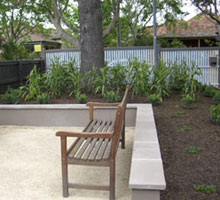
The plants selected for this tricky area include a clump of Cordyline stricta (Narrow-leaved Palm Lily) – shown at right.
The clients laughingly refer to this clump as the cornfield because of the plants’ passing similarity to corn. Other plants in the under-tree zone include the hardy shrub Sarcocca ruscifolia (Sweet Box) and the even hardier ground cover Myoporum parvifolium (Creeping Boobialla).
Existing Agapanthus were also replanted underneath one of the tree. This was one of those compromises that often need to be made in these situations. Agapanthus is a recognised invasive plant but the clients are quite fond of them. The designer agreed that as they were large established clumps, it would be a shame to destroy them. The compromise is that the plants will be religiously dead-headed after flowering, well before the seed matures.

Permeable surfaces were maximised, to encourage rain infiltration, but where impervious paving is used it was designed and constructed so that run-off water drains into a pond (shown here)
‘We thought that if we are going to the effort of putting in a pond,’ explains practice principal Brian Rankin, ‘then we should make it self-sustaining.’
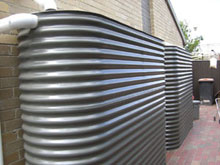
There are a few other sustainable design elements, such as two 3,000 litre water tanks that are hooked up to an online drip system.
‘Unfortunately, inline drip is not the best for older established gardens,’ says Brian, ‘but we have given the clients instructions on supplementing the tank water with mains water on the days they are allowed to water. This will get the new plantings through the first summer and after that, they shouldn’t need supplementary water.’
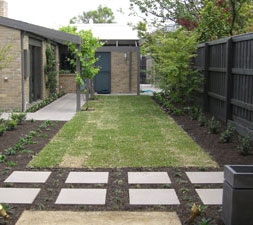
Lawn area is very minimal (just enough for the family dog to enjoy!), and is ‘Sir Water Buffalo’, one of the most drought tolerant of the exotic turf species.
The remaining plant selection include primarily ‘older style’ garden plants, such as Boston Ivy (Parthenocissus tricuspidata), which is planted over a pergola as well as against a vivid green feature wall. It will only take a couple of seasons before it creates an exciting contrast against the wall.
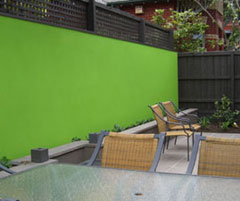
Boston Ivy is very hardy and has the added benefit of seasonal change. It’s winter deciduous, with leaves that turn brilliant autumnal hues before falling off. Over winter, when grown against a wall, the skeletal tracery of branches adds quite a sculptural element. In spring the new leaves are a lively fresh green.
Lime and lemon trees also feature prominently, serving the always useful dual purpose of food and aesthetics. The tree here is surrounded by Clivea miniata (Kaffir Lily), a drought tolerant, shade-loving plant with brilliant orange flowers.
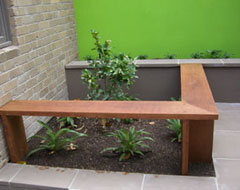
Other plants include Lagerstroemia indica (Crepe Myrtle) but a white form, not the typical purple-flowered variety, and Liriope muscari (Turf Lily), a tufted, strappy-leafed plant with dainty purple flower spikes. Mondo grass (Ophiopogon japonicus), which is actually not a grass but a lily, has also been used as a filler between paving and as an edging plant. Mondo grass clumps together to form a continuous turf-like look, and is especially useful for growing between paving.
Existing rose bushes and an ornamental grape were incorporated into the new design too.
Related Articles:
Citizen Science: A Pathway to Gardening Success and Biodiversity Conservation
In recent years, the realm of science has experienced a remarkable transformation, one that invites people from all walks of life to participate…
A Sustainable Gardener’s Guide to Thrifty Gardening
Creating an eco-friendly and cost-effective garden involves more than just nurturing plants; it's about adopting a sustainable approach that…


